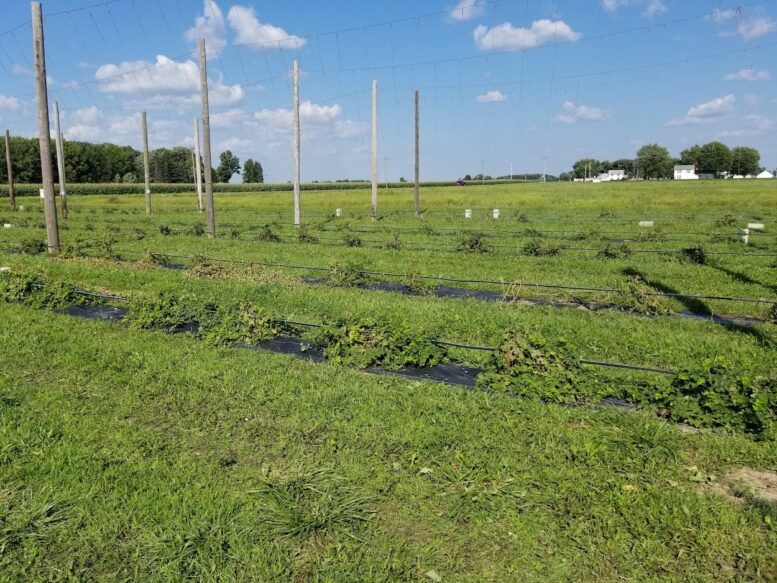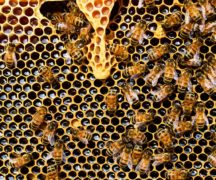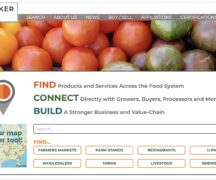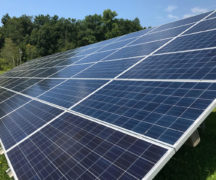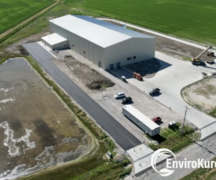By JULIE CARLE
BG Independent News
Farming doesn’t necessarily mean planting hundreds or thousands of acres of corn, wheat or soybeans.
Instead, farming could be a 28-acre wood lot, an acre of a niche crop or a brownfield facility turned into a hydroponics operation.
According to Lou Driever, president of the Farmer Veteran Coalition Ohio Chapter, who spoke at the August CIFT Agribusiness Forum, in general, there are two groups of people who are interested in starting to farm—the people who grew up on a farm and had some experience, as well as access to land and equipment, and the people who had no exposure to farming, whether they were suburban, urban or rural.
The group that had some experience and access to resources, “they can hit the ground running,” Driever said. “The folks who were not so lucky to have that background are starting from ground zero. They only have access to marginal land and limited access to equipment.”
He used the model of a veteran transitioning to farmer, but assured the forum participants that the ideas were universal to anyone interested in starting in agriculture.
Beginning farmers need to know their resources before they dig into any farming operation, he said. If they buy land because it is affordable, “it may need significant help to make it productive.”
Lack of knowledge about farming can be easily rectified. One of the best resources comes from the extension service. “Starting farmers and others can reach out on any questions, and if they don’t know the answer, they will find out,” he said.
“Don’t get equipment until you know what you plan to do,” whether the farm is a half-acre of land, 25 acres of wood lots or pasture for livestock, he stressed.
“If you have 28 acres, you’re not going into corn production. Look at niche markets because you are the labor force. You need to pick something small scale so that you are not competing against the larger farmers,” he said.
First, knowing the soil type, the pH and the water flow of the land is essential to deciding what type of farming will work best. With that information, it is easier to know what can grow best in that soil.
“You might want to run sheep or start a chicken operation,” he said, or possibly a fruit or nut orchard. He has diversified his farm in southern Ohio to include hicans—a cross between hickory and pecans—as well as other niche crops such as black cohosh and goldenseal. He grows 14 varieties of hicans, which helps spread the risk across crops. He also grafts the trees and sells those for additional revenue.
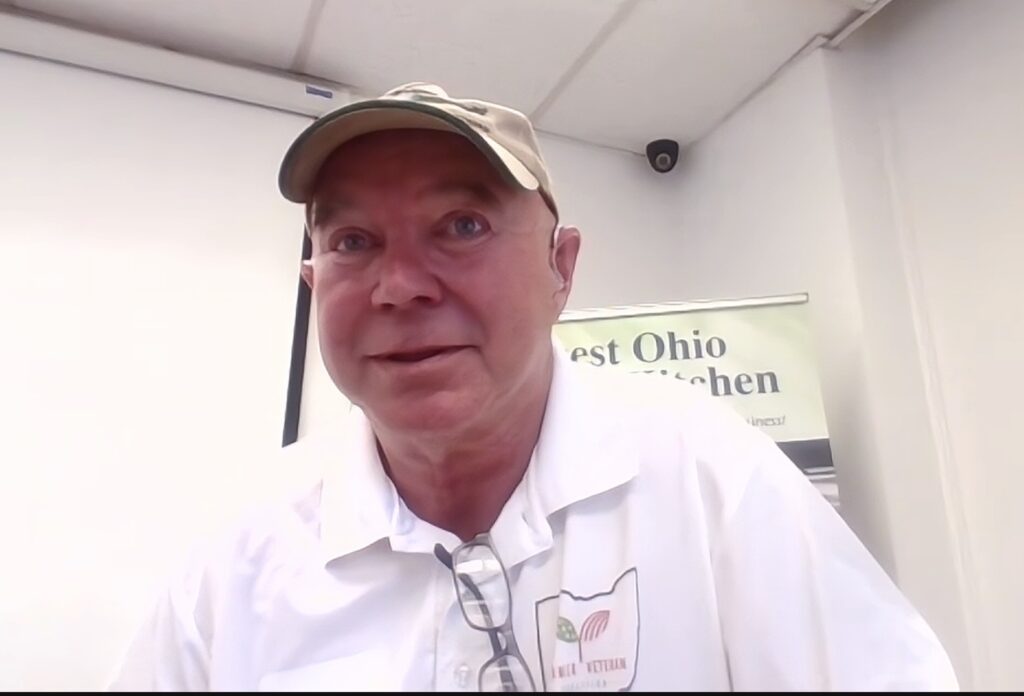
For people who have wood lots that are overgrown with honeysuckle, Driever suggested hiring a forester to help take out the invasive species and possibly get compensated for that through the Department of Natural Resources. “Then you’ll have a wood lot that’s useful,” he added.
The key is to make the wood lot pay its own way or make a profit. “Every inch of the farm is taxed, so make it pay or earn a profit,” he said.
Driever suggested replacing the understory—that layer of trees and shrubs between the forest floor and the forest canopy — with shade tolerant trees such as hazelnut, persimmon or pawpaw. Not only can the fruit or nuts be harvested, but the trees attract deer, which could provide another source of revenue by renting it for hunting rights to cover the cost of the taxes.
“It’s even better to make a profit,” he continued. That is why he plants the other shade crops such as ginseng and goldenseal in the alleys between his orchards. He sells the goldenseal for $70 a pound on the German market.
Hydroponics are another possible farming option that doesn’t take much space. He even recommended that it can be done in an urban setting in a brownfield that companies and cities want to get rid of.
Driever also talked about the $3,000-$5,000 seed grants the Farmer Veteran Coalition offers to get new farmers started. There are also numerous foundations that will fund proposals to promote agriculture. He recommended checking the website https://attra.ncat.org/ for potential funding sources for sustainable agriculture.

